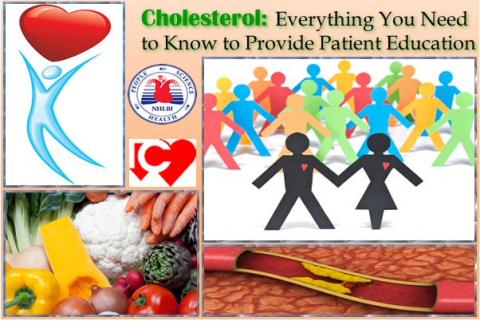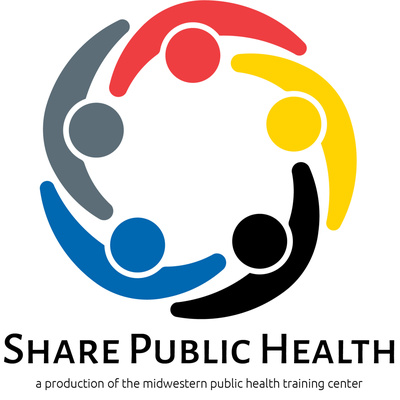There are ten sections in this course:
Overview
- Section 1: Background
- Section 2: Detection and Evaluation
- Section 3: Goals and Treatment Overview
- Section 4: Therapeutic Lifestyle Changes (TLC)
- Section 5: Drug Therapy
- Section 6: Metabolic Syndrome
- Section 7: Specific Dyslipidemias
- Section 8: Population Groups at Risk
- Section 9: Adherence
- Section 10: Implementation
Intended Audience
Healthcare providers who screen and treat WISEWOMEN patients; Physicians, Physicians Assistants, Nurses, Medical Assistants and health educators.
Learning Objectives
Upon completion of this course, participants should be able to:
- Identify types of patients that need their cholesterol checked regularly
- Explain cholesterol numbers to their patients
- Describe features included in the Adult Treatment Panel III (ATP III) guidelines
- Describe nine guideline steps in the ATP III for the detection and evaluation of high blood cholesterol
- Identify primary and secondary prevention goals and treatment for LDL-lowering therapy
- Describe the relationship between Therapeutic Lifestyle Changes (TLC) and drug therapy in patients with various risk factors
- Explain a model of steps involved in Therapeutic Lifestyles Changes (TLC)
- Identify drug therapy for cholesterol medication and how it affects cholesterol levels
- Discuss how drug therapy can reduce LDL cholesterol for primary and secondary preventions
- Discuss the causes, objectives, and management of metabolic syndrome
- Explain the causes, diagnosis, and management of specific dyslipidemia cases
- Apply the special considerations for cholesterol in different population groups
Pre-requisites/Learning Level
No pre-requisites
Competencies addressed
Core Competencies for Public Health Professionals identified:
Domain 1: Analytical/Assessment Skills
- 1A1. Describes factors affecting the health of a community (e.g., equity, income, education, environment)
- 1A8. Collects valid and reliable quantitative and qualitative data
- 1A10. Uses quantitative and qualitative data
- 1A12. Contributes to assessments of community health status and factors influencing health in a community (e.g., quality, availability, accessibility, and use of health services; access to affordable housing)
Domain 2: Policy Development/Program Planning Skills
- 2A6. Gathers information that can inform options for policies, programs, and services (e.g., secondhand smoking policies, data use policies, HR policies, immunization programs, food safety programs)
- 2A8. Implements policies, programs, and services
Domain 3: Communication Skills
- 3A1. Identifies the literacy of populations served (e.g., ability to obtain, interpret, and use health and other information; social media literacy)
- 3C8. Communicates the roles of governmental public health, health care, and other partners in improving the health of a community
CEUs Offered
None
Cost
Free
Modality/format
Online Self-Pace
Length
3 hours
Presenter(s) and/or Content Experts
Laurie Walkner, RN, Terry Meek
Technical requirements
- Adobe Acrobat Reader
- Flash Player
- Speakers
Registration requirements
Register a free account
Creation and/or update
November 12, 2012




